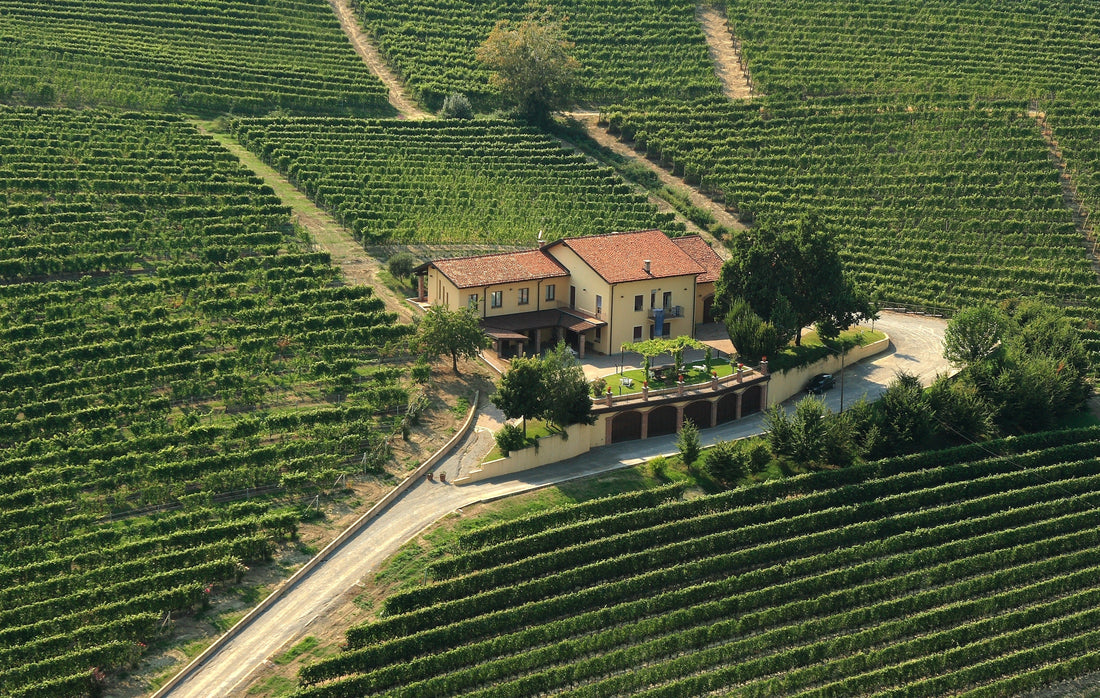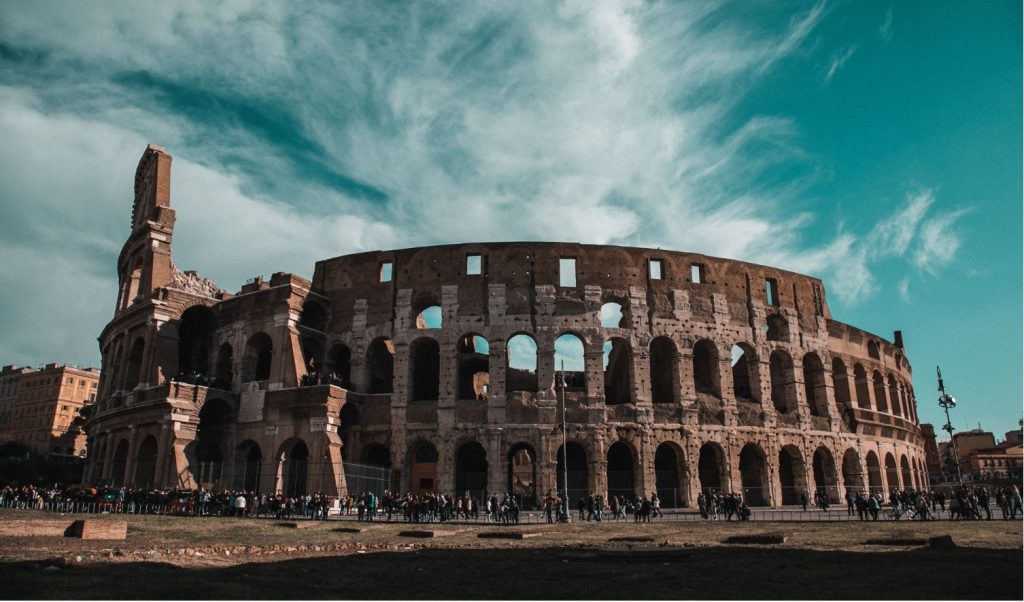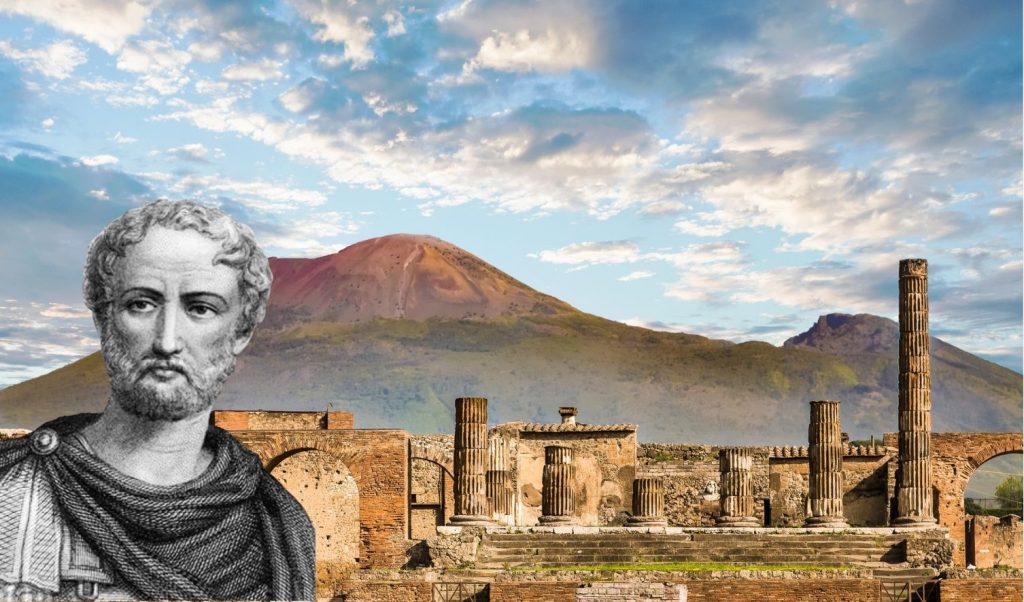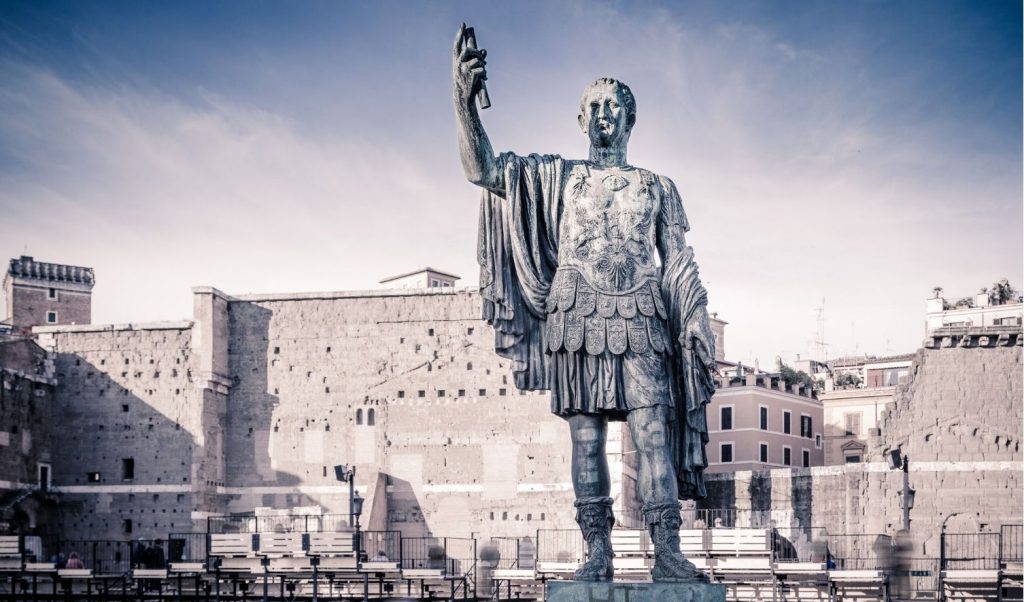
The Kingdom of Wine - Italy
Share
As an Asian, you might think that French wine is the epitome of authenticity and excellence. However, if the ancient Romans knew this, they would surely rise from their graves to confront you!
After all, Italy has been cultivating wine since 4000 BC in places like Sicily and southern Italy. Back then, only the Roman regions could grow grapes. Wine became a highly sought-after product, traded for slaves and exported widely. In contrast, the French and Spanish, descendants of the Gauls, only started growing grapes and winemaking after regional grape cultivation laws were relaxed.
Today, Italy and France are always vying for the top two spots in global wine rankings. But let's be clear: neither country invented wine. The success of a product doesn't hinge on who created it—after all, there were no patents back then. Each era and region has its own unique contributions to the development and promotion of wine.

The ancient Greeks turned wine into a daily staple; the Romans made it a valuable trade commodity; and the French added elegance and taste, transforming it into a hot collectible and luxury item.
The First Wine Critic
While the modern wine critic most people know is Robert Parker, the first-ever wine critic was actually Pliny the Elder, a Roman from the 1st century AD. He was a politician, writer, and military commander—a true Renaissance man of his time.
Many contemporary wine enthusiasts debate concepts like terroir, vintage variation, and vineyard rankings, all of which stem from Pliny's ideas. He wrote extensively about top vineyards, including the legendary Falernian wine from ancient Rome, and detailed the best vineyards in regions we now recognize, such as Tuscany, Lombardy, Naples, Sicily, and Emilia-Romagna.
Pliny's writings even extended to France. He noted that Côte-Rôtie wines fetched high prices in Rome and mentioned Bordeaux grape cultivation, including what is now considered the ancestor of the Cabernet family—the Balisca grape.

This wine luminary is said to have died beneath the ash of Mount Vesuvius. He left behind 37 volumes of the Naturalis Historia (Natural History), with precious records about wine in books 14 and 17.
Caesar's Lavish Feast
Is older wine always better? Many people wonder about this. Like many foods, wine has a storage period or optimal drinking window. However, extremely old and refined wines are valuable due to their rarity and are a more subtle way for politicians and wealthy individuals to showcase their status.
One of the most famous instances of serving exquisite wine was by Julius Caesar in 60 BC when he conquered Spain. He served the renowned Opimian vintage (121 BC) of Falernian wine.
Falernian has been extinct for a millennium, but it was likely a high-alcohol white wine, rumored to have at least 15%. Pliny claimed it was the only wine that could shine when heated. Whether shining and burning are the same, I can't say, but if it burned, its alcohol content might be around 40%.

According to ancient Roman bar menus in Pompeii, Falernian cost four times that of ordinary wine, though this was considered a counterfeit. The real Falernian was likely worth far more, making Caesar's banquet essentially a feast of liquid gold.
